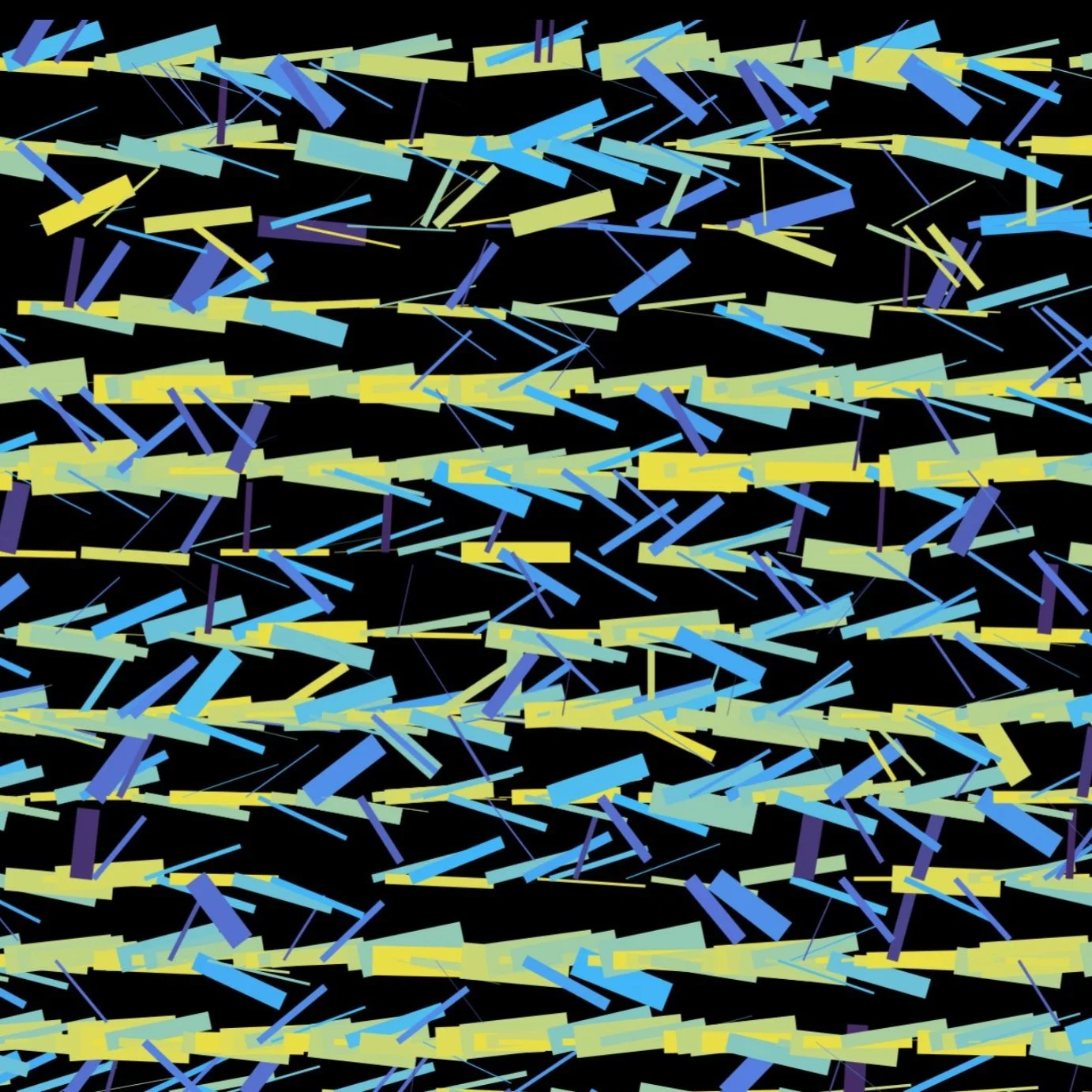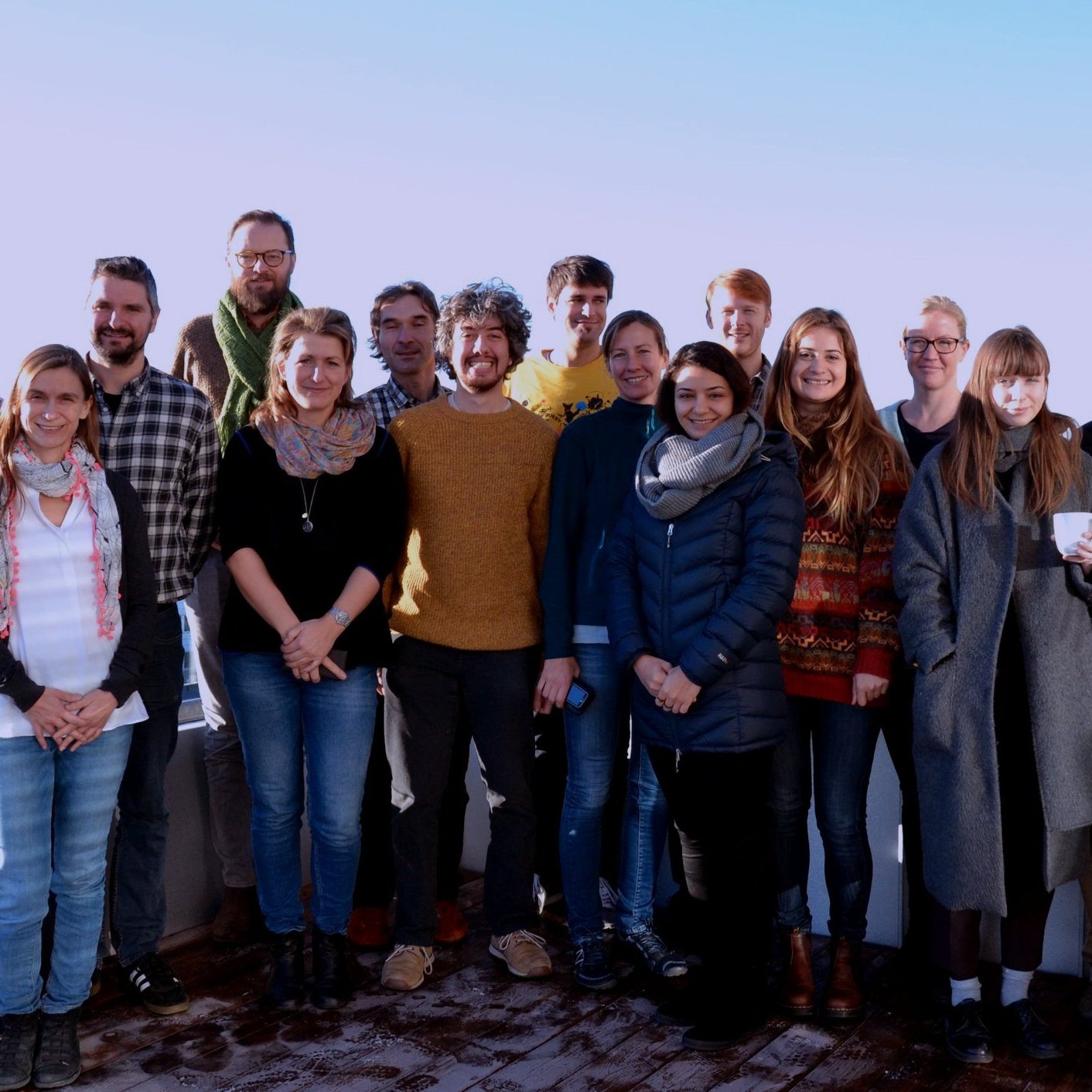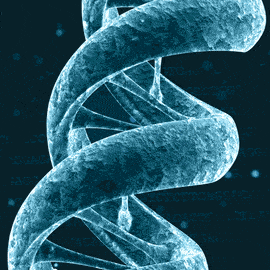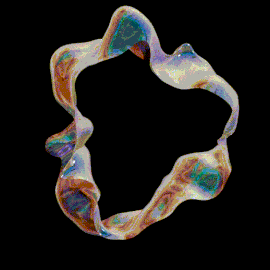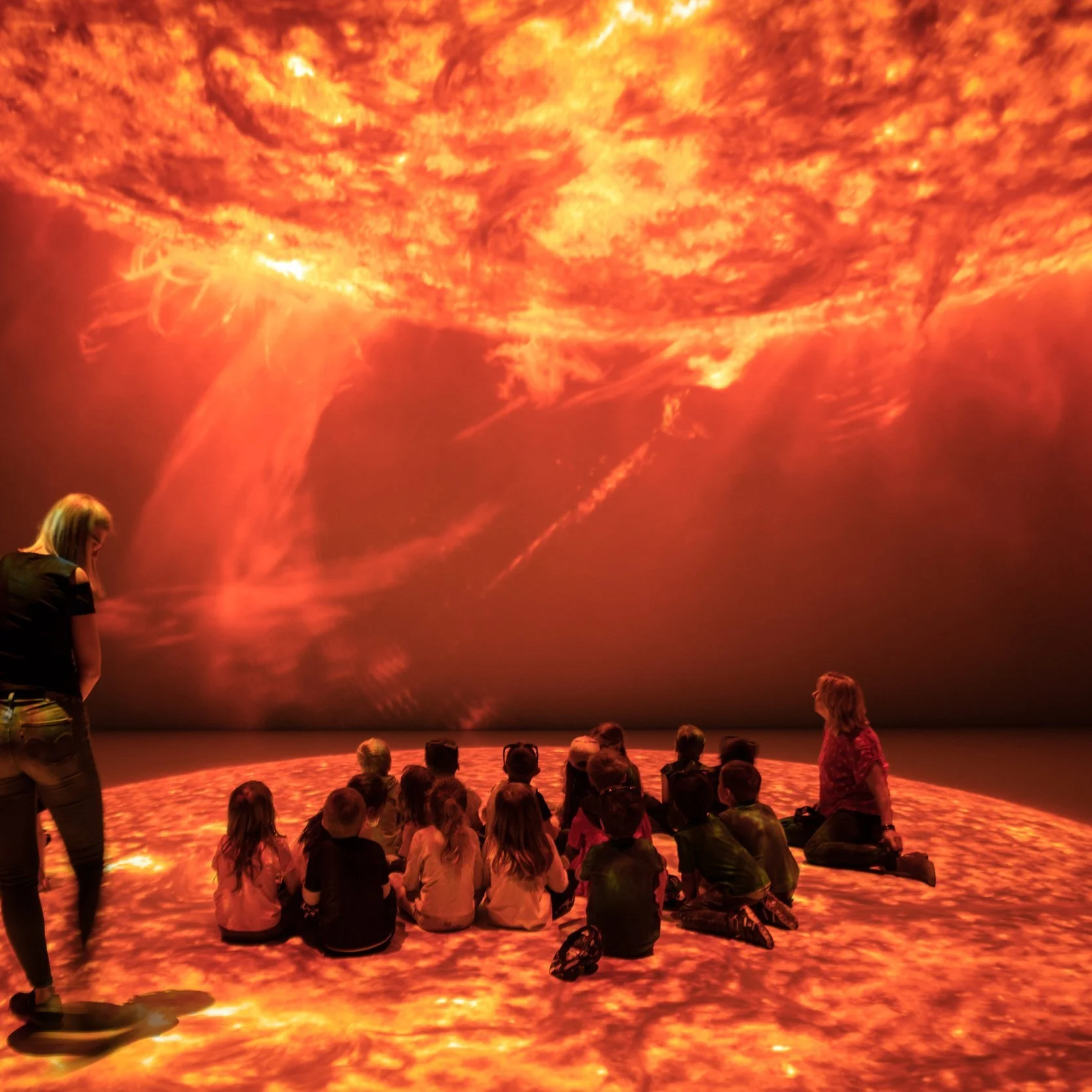– What really caught my eye with AMBER is how interdisciplinary the programme is. I love the idea of bringing together so many different fields and techniques and it feels like the perfect place to continue my passion for integrating X-ray fluorescence imaging with other synchrotron techniques to study various biological samples, says Ruiqiao Guo, postdoctoral fellow at Medical Radiation Physics, Lund University.
In her new position, Lauren Wearne will study the mechanical response of cartilage and how that changes with osteoarthritis progression.
– This experimental work uses a novel synchrotron based micro-CT with in-line phase contrast imaging protocol to capture the tissues as they are subjected to a dynamic loading protocol. Through digital volume correlation (DVC), the internal strain field of the tissues can be calculated, providing information on their heterogeneous distribution to the loading and how that may relate to structural properties.
Her PhD was focused on cementless total knee replacements: trying to increase our understanding of the mechanical environment of the bone surrounding the implant immediately after surgery. This was undertaken through micro-CT imaging of tibiae, in the native state, after resection and after impaction of a cementless tibial component when it was then subjected to a loading series.
– With these image datasets, I was able to investigate various surgical factors, and, with the application of digital volume correlation (DVC), the primary stability of the implant (being how much it moves relative to the surrounding bone) and the damage state of the bone following impaction.
She is motivated by pursuing her interests.
– Anything that interests, me motivates me! In terms of work, I find the translation of research into what we experience as people really interesting. And the AMBER projects are all focused on increasing our understanding through imaging, a win-win really.
Ruiqiao Guo highlights how the postdoc will be a great opportunity to work at the intersection of physics, biology, and medicine.
– Over the three years, I’ll collaborate with the experimental X-ray group at Medical Radiation Physics department and the ‘Cardiovascular Research – Translational Studies’ group in Malmö. The plan is to use beamtime at MAX IV and other synchrotrons to tackle different research goals related to biological samples. It’s a really exciting project that brings together multiple disciplines and state-of-the-art techniques.
She obtained her PhD in Physics for Medical Imaging from Université Paris-Saclay.
– I focused on developing and implementing reconstruction algorithms and analyzing data for multi-scale X-ray fluorescence imaging at Synchrotron SOLEIL, specifically at the Nanoscopium beamline. It was a very nice experience and taught me a lot about synchrotron-based imaging and data analysis, which I’m excited to build on in this postdoc.
In her personal and professional life she is driven by the belief that persistence and effort lead to progress!
– Whether it’s in research or personal goals, I find that consistent action is what matters most. I also enjoy challenging myself and learning new things—it’s fulfilling to see growth over time.
About AMBER
The EU-funded research project AMBER, Advanced Multiscale Biological imaging using European Research infrastructures, will address scientific and sectoral gaps in biological imaging ranging from molecular, through cellular, to tissue, organ and organism levels of organisation.
AMBER’s partner organisations are: Lund University/MAX IV, Sweden, the European Spallation Source (ESS), Sweden, the European Molecular Biology Laboratory (EMBL), Institut Laue-Langevin (ILL), France, the International Institute of Molecular Mechanisms and Machines, (IMOL), Poland, and the Leicester Institute of Structural and Chemical Biology, United Kingdom.
AMBER is coordinated by LINXS Institute of advanced Neutron and X-ray Science.
Read more on AMBER’s website
www.ambercofund.eu






